RAS-IMTA Shrimp Farming in Cà Mau boosts productivity, reduces emissions, protects the environment, meets export standards, and moves towards a sustainable green aquaculture industry
Cà Mau’s RAS-IMTA Shrimp Farming Model: Raising Productivity, Protecting the Environment, and Meeting Export Standards
A typical example is the super-intensive whiteleg shrimp farming model applying the recirculating aquaculture system (RAS) combined with integrated multi-trophic aquaculture (IMTA). This approach has helped farmers increase productivity, protect the environment, and meet the strict requirements of export markets.
Effectiveness of Technological Transition
Cà Mau currently has over 450,000 hectares of shrimp farming, most of which still rely on extensive and super-intensive traditional methods. While familiar, these practices carry risks such as disease outbreaks, water pollution, and poor pond management, at a time when markets demand higher standards for biosecurity, traceability, and eco-friendly practices.
Concerned with these limitations, Mr. Đoàn Minh Trung (Đất Mới Commune, Cà Mau Province) boldly adopted the RAS-IMTA closed-loop system with minimal water exchange. After more than a year of implementation, he reported significantly higher economic efficiency compared to traditional methods.
“In the past, with earthen ponds, I had to discharge water after every crop, polluting the surrounding environment. Shrimp took about 76 days to reach 60 shrimp/kg. With this model, it only takes 55 days to achieve the same size—cutting nearly 20 days, saving costs, and adding an extra crop each year,” Mr. Trung shared.
Not only Mr. Trung, but many farmers in Đất Mới Commune have also praised the model’s effectiveness. According to Commune Chairman Huỳnh Việt Triều, two households have piloted the system with promising results. The commune plans to coordinate with the provincial Department of Science and Technology (DOST) to expand adoption.
“This is a new production model that links economic efficiency with environmental protection, fully aligned with Cà Mau Province’s strategy for high-tech agricultural development,” Mr. Triều emphasized.

Towards a National Recirculating Shrimp Model
According to Mr. Quách Văn Ấn, Deputy Director of Cà Mau DOST, the model is being piloted under the project “Mobilizing Resources to Scale Up Super-Intensive, Low-Water-Exchange, Biosecure Whiteleg Shrimp Farming.” The goal is to expand to 100 hectares by 2025 and eventually 1,000 hectares across the province.
The project applies RAS technology combined with IMTA, making it climate-resilient, cost-effective, emission-reducing, and productivity-enhancing. The model achieves an average survival rate of 85–90%, yields of 40–50 tons/ha per crop, and stocking densities of 250–300 shrimp/m². Importantly, all treated wastewater meets Vietnam’s QCVN 40:2011/BTNMT standards for industrial effluents.
Beyond environmental gains, the system reduces carbon emissions to under 5 kg CO₂/kg shrimp—an essential factor for exports to premium markets such as the EU and U.S. Products also meet international certifications including ASC and BAP, ensuring traceability and sustainability.

Enterprises and Researchers Supporting Farmers
Ms. Nguyễn Thu Thủy, Sustainable Development Director for Asia at De Heus Company, said: “From the outset, we recognized this project as an opportunity to realize our company’s sustainability commitments to Vietnam’s aquaculture sector.”
With its Aquaculture Research Center in Vĩnh Long (operational since 2017) and a specialized shrimp feed mill inaugurated in early 2024, De Heus has built strong infrastructure and technical capacity to support farmers. The company is also developing farm-level emission monitoring tools to provide transparent data and enhance shrimp value in global markets.
“We are committed to comprehensive support—from feed supply and technical assistance, to water treatment technologies and export market connections—toward building a national recirculating shrimp model,” Ms. Thủy stressed.
According to Cà Mau DOST, RAS-IMTA technology will be a breakthrough solution to reduce environmental pollution and increase the competitiveness of Vietnamese shrimp. With clear advantages in cost, productivity, and sustainability, the model is well-suited for large-scale expansion, particularly in intensive farming zones.
“This model creates clean products with traceable origins, meeting export standards while reducing greenhouse gas emissions. Cà Mau is moving toward a green, responsible, and environmentally friendly agriculture, and the recirculating shrimp model is a clear example,” Mr. Quách Văn Ấn affirmed.
Source: nongnghiepmoitruong
Aqua Mina's distributor in Japan: REX INDUSTRIES CO., LTD
- Address: 1-9-3 Hishiya-Higashi, Higashi-Osaka 578-0948 JAPAN
- Email: kimakubo@rexind.co.jp
- Phone: +81-(0)72-961-9893
- Website: http://www.rexind.co.jp/e/

WE WORK FOR YOUR SUCCESS!
Ngày đăng : 29/08/2025
1777 View
Other Articles
Vietnamese shrimp and catfish choose a sustainable path in global competition
End-of-Season Shrimp Prices Reach Record Highs
Norway – Russia Reach Barents Sea Fisheries Agreement for 2026
Cà Mau strengthens traceability to enhance the competitiveness of the shrimp industry.
Cold stress: Effects on the plasma characteristics of whiteleg shrimp.
A new breakthrough in the prevention of diseases caused by the microsporidian parasite EHP in shrimp farming
Vietnam’s shrimp export outlook in the first quarter of 2026 continues to face heavy pressure from tariffs.
New England’s shrimp fishery to shut down for the long haul after years of decline
Crab exports to the United States account for more than 80%.
Thailand sets a target to increase shrimp production to 400,000 tons by 2026.
CTU-RAS: Recirculating Shrimp Farming for Sustainable Development
Vietnamese aquatic products reach new markets








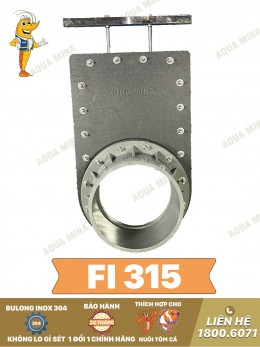
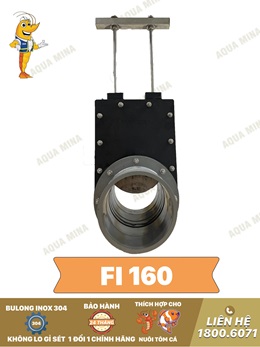
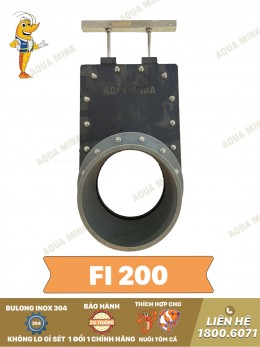
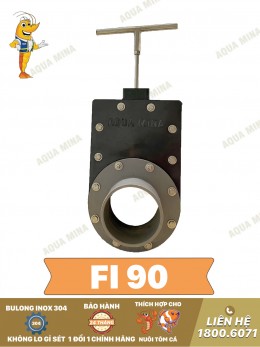
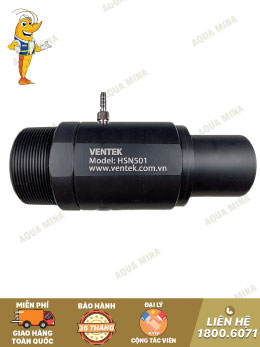
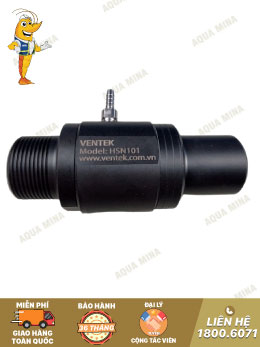
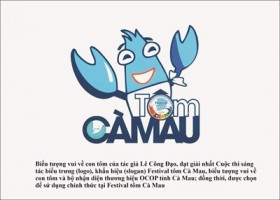
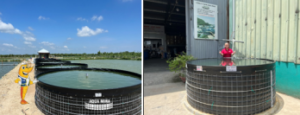
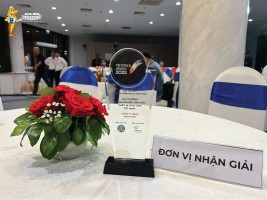
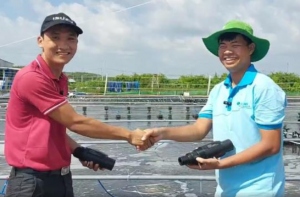
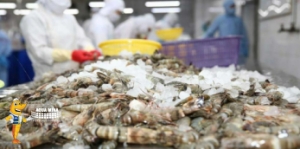
.jpg)